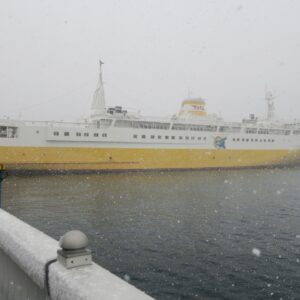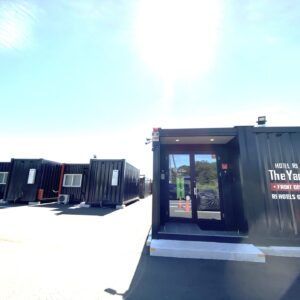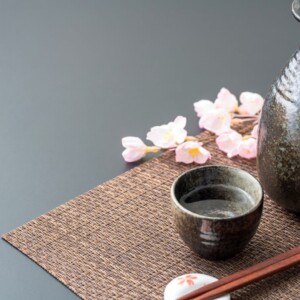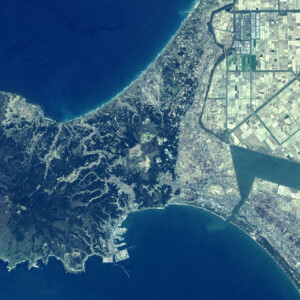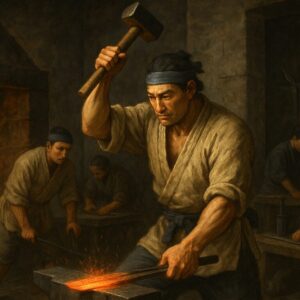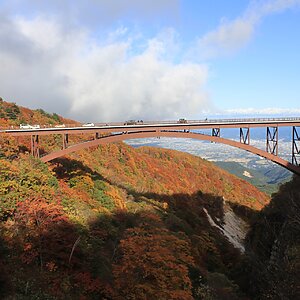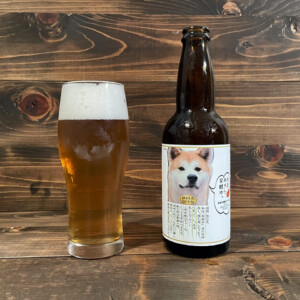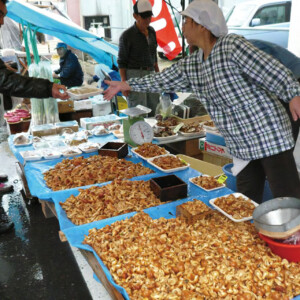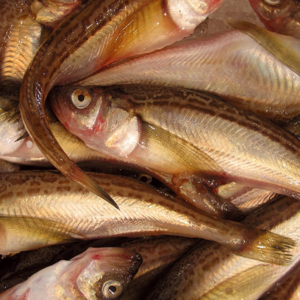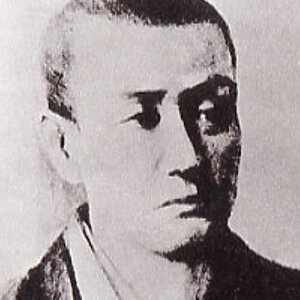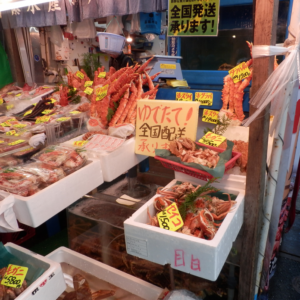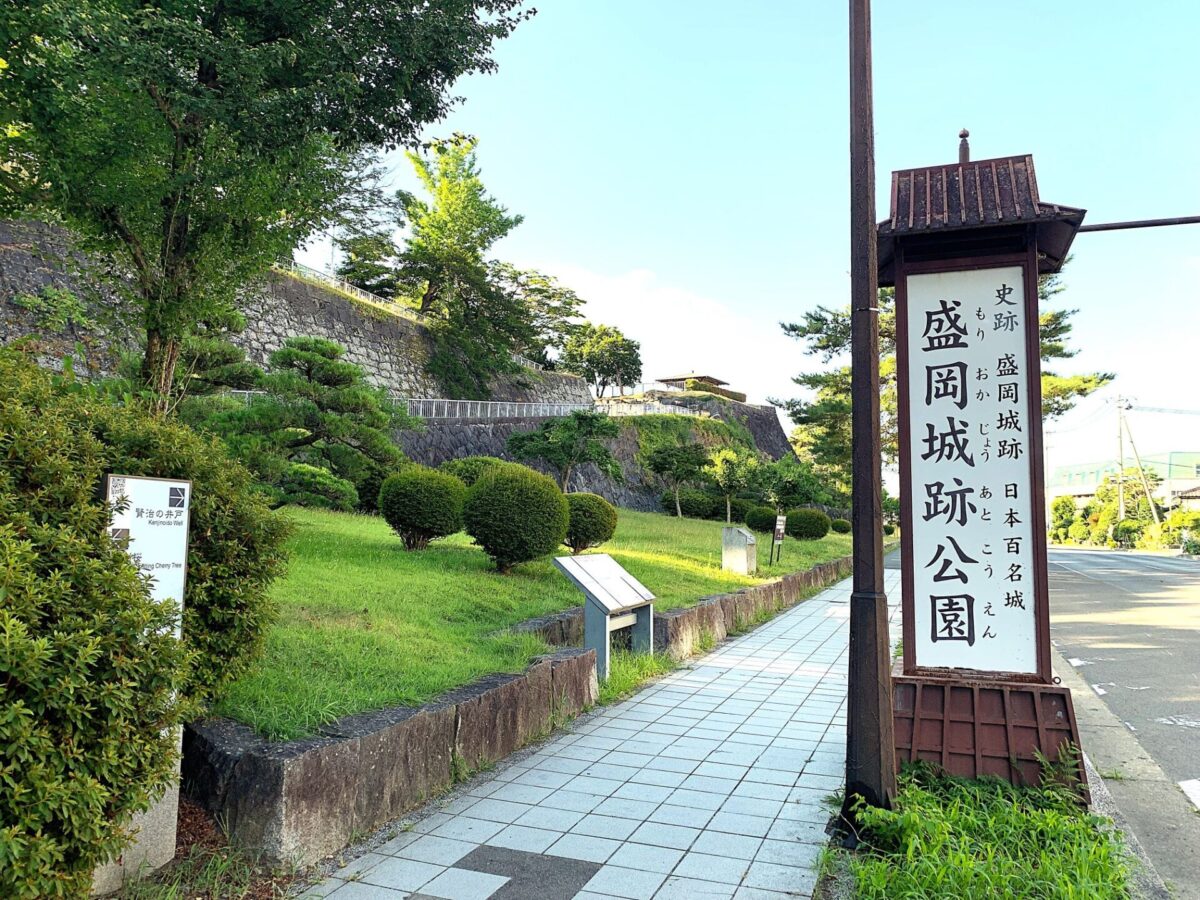
The pride of the six Tohoku prefectures: "Magnificent stone walls worthy of being a symbol of the vast Nanbu domain!" Morioka Castle, a rare stone wall castle in Tohoku [Morioka City, Iwate Prefecture]
table of contents
- 1 Morioka Castle (Morioka City: National Historic Site, One of Japan's 100 Great Castles)
- 2 Nanbu Nobunao (1546-1599), the founder of the domain who planned the construction of Morioka Castle
- 3 Nanbu Toshinao (1576-1632), the first lord of the Morioka domain, who laid out the territory of Morioka Castle
- 4 Morioka Castle after the Boshin War and the Meiji Restoration
- 5 Thinking about Morioka Castle's layout
- 6 Who is the owner of the bronze statue pedestal left in the main castle?
- 7 summary
- 8 Tohoku 6 Prefecture Castles Series
Morioka Castle was once the political center of the Morioka Domain and is now a symbol of Morioka and a beloved place of relaxation for the locals. It is a castle made entirely of stone walls, which is rare in the Tohoku region, where most castles are primarily made of earthen ramparts.
" Nambu territory until the crescent moon is full ." The stone walls of the castle ruins continue to boast their majesty and beauty to this day, and have a major presence as a symbol of Morioka.
Morioka Castle (Morioka City: National Historic Site, One of Japan's 100 Great Castles)

also Kozukata Castle , were demolished and removed during the Meiji Restoration, but many of the castle's distinctive stone walls remain, dating back to the time of its construction, and the layout of the castle can be seen.
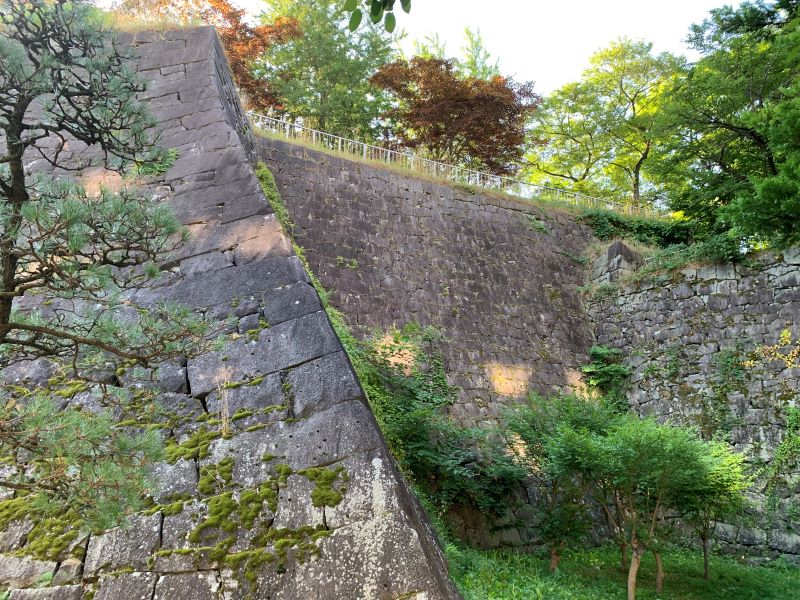
The stone walls found in the Honmaru, Ninomaru, and Sannomaru citadels are up to 14 meters high, and are simply overwhelming in their grandeur and beauty. However, the way the stones were laid varies depending on the era in which they were laid, making them valuable historical documents that show the evolution of stonework techniques.
In addition, the term "nawabari" in the context of a castle does not refer to the "territory" of an animal or anti-social forces, but rather to the overall design of the castle (the layout of the moats, stone walls, earthen ramparts, moats, and trenches).
The origin of the place name Furukata

The area of Morioka has been called Furukata for at least 500 years, and this name is still sometimes used as an elegant nickname for Morioka.
Long ago, a demon called "Rasetsu" who was ravaging the village was captured by the god of Mitsuishi Shrine and left his handprint on the rock as proof that he would never come to this place again.

This is the origin of the name "Iwate," and local legend has it that the promise "I will never come to this person again" was conveyed as "Furakata," which became the place name.
Nanbu Nobunao (1546-1599), the founder of the domain who planned the construction of Morioka Castle
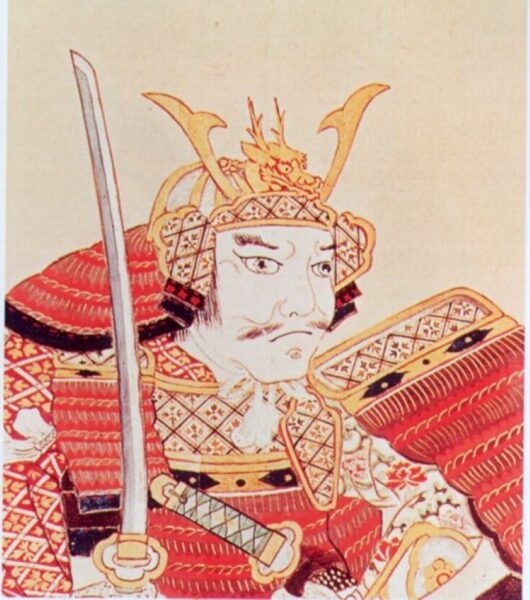
Nanbu Nobunao, the 26th head of the Nanbu clan, had his territory confirmed by Toyotomi Hideyoshi, who unified the country, and was further granted the territory of Kunohe Masazane (near Ninohe City, Iwate Prefecture) after defeating him, who had defected from the clan. He then moved his castle from Sannohe Castle to Kunohe Castle to the south.
In place of the territory in the Tsugaru region that had been taken away in the rebellion of Tsugaru Tamenobu, he was granted additional territories including Hei, Waga, and Hienuki counties in the central and southern part of Iwate Prefecture, expanding his territory further south.

Following advice from Asano Nagamasa, a member of the Toyotomi shogunate, Nobunao asked Hideyoshi for permission to move his castle further south from Kunohe Castle to a place called Furukata, and began construction in 1598 (Keicho 3).
Nobunao, who was in Kyoto at the time, ordered his eldest son, Toshinao, to lay out the boundaries and then build the castle, but he passed away in 1599 (Keicho 4) before seeing its completion.
Nanbu Toshinao (1576-1632), the first lord of the Morioka domain, who laid out the territory of Morioka Castle

Toshinao, the 27th head of the Nanbu clan and the first lord of the Morioka domain, was ordered by Nobunao to lay out and build a new castle, but despite suffering from floods of the Kitakami River and Nakatsugawa River, construction was not completed until 1633 (Kan'ei 10), and Toshinao himself was unable to see it through to completion.
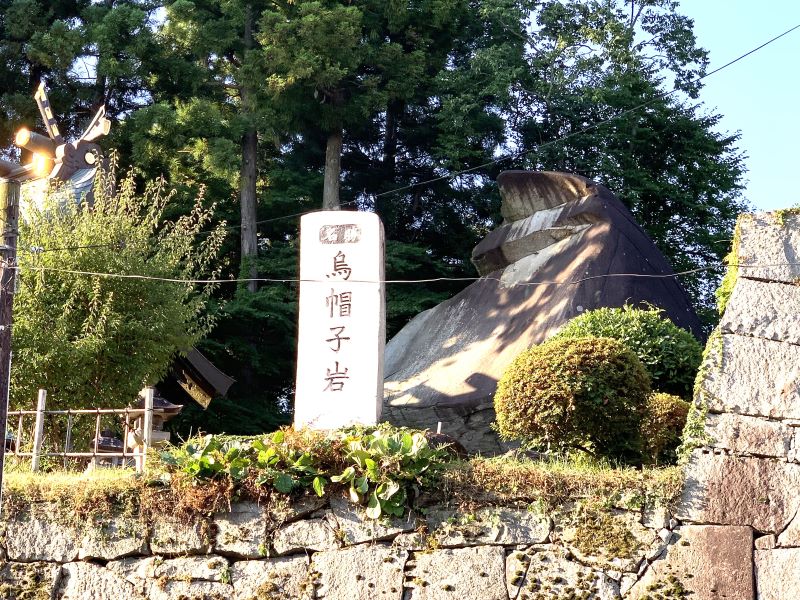
Eboshi Rock discovered when Toshinao leveled the Sannomaru , still sits at the site of the Sannomaru today and is a shrine treasure of Sakurayama Shrine, which was later built on the same site.
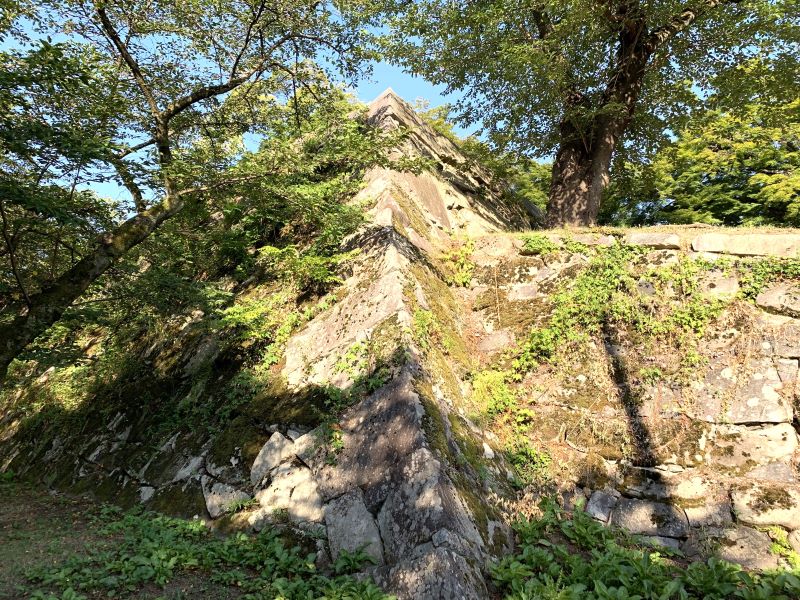
The reason why Furukata became Morioka was because Toshinao did not like the place name Furukata and renamed it "Morigaoka", which was then corrupted to "Morigae".
It is said that Shigenobu, the third feudal lord and son of Toshinao, composed a linked poem with Seisan, the 42nd abbot of Eifuku-ji Temple, in which Seisan wrote the second line as "Okayama, where jewels abound," and so the name was changed to "Morioka.
Morioka Castle after the Boshin War and the Meiji Restoration
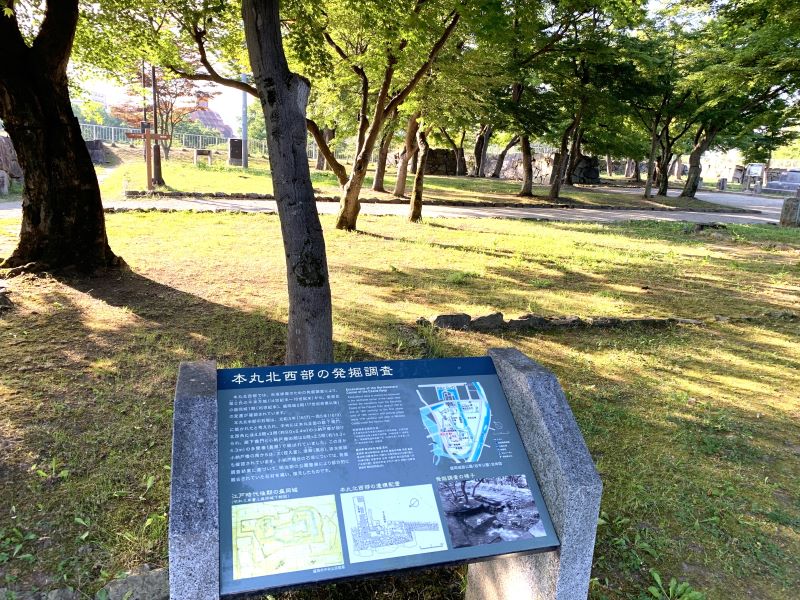
After the Boshin War, Morioka Castle was abandoned when the Meiji government abolished feudal domains and established prefectures, but was allowed to remain standing under the Castle Abolition Order. However, it was sold to the public and the buildings were either demolished, abandoned, or relocated, leaving only the stone walls of the castle ruins.

It was developed as "Iwate Park" by Iwate Prefecture in 1906 (Meiji 39), and in 2006 (Heisei 18) Morioka City renamed it "Morioka Castle Ruins Park."
Nanbu Toshihisa (1827-1896) fought in the Boshin War as part of the Oshu-Uetsu Alliance and was demoted.

Toshitaka, the 40th head of the Nanbu clan and the 14th lord of the Morioka domain, decided to follow the advice of his chief retainer, Narayama Sado, and join the Oshu-Uetsu Alliance to oppose the new Meiji government.
After the war, he was placed under house arrest and stripped of his title because he led an army under the command of Narayama Sado to the neighboring territory of the Kubota Domain (Akita Domain), which had sided with the Meiji government.
Nanbu Toshiyuki (1855-1903), who returned to his former territory after being transferred

His father, Toshitake, was stripped of his title in November 1868 (the first year of the Meiji era), but Toshiyasu, the 41st head of the Nanbu family, was granted 130,000 koku of land in the Shiroishi domain of Iwaki Province in December of the same year, allowing the family name to be restored.
The following year, in 1869 (Meiji 2), he was granted permission to return to his former territory of Morioka, and he returned to power as the governor of the Morioka domain, effectively becoming the 15th and last lord of the domain.
Thinking about Morioka Castle's layout
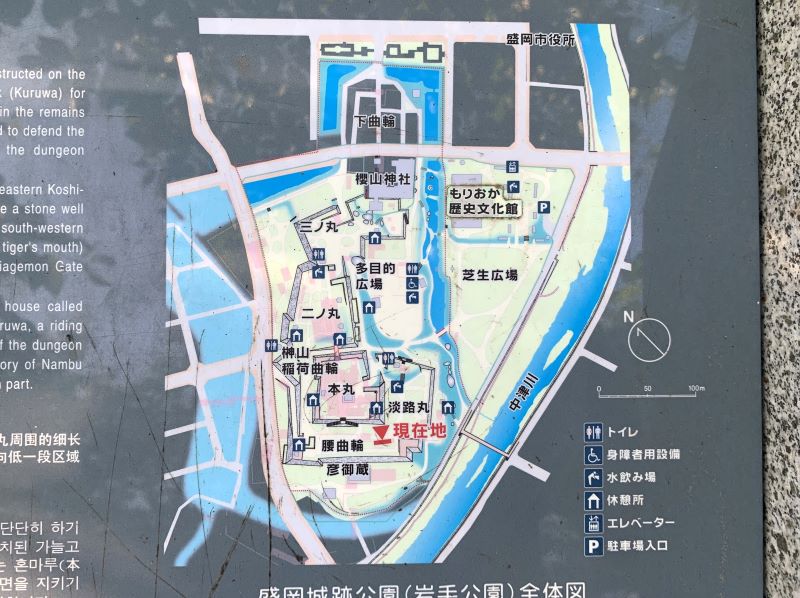
The castle is built on a granite hill, and it is said that the best stone walls in the Tohoku region were constructed using quarried granite.
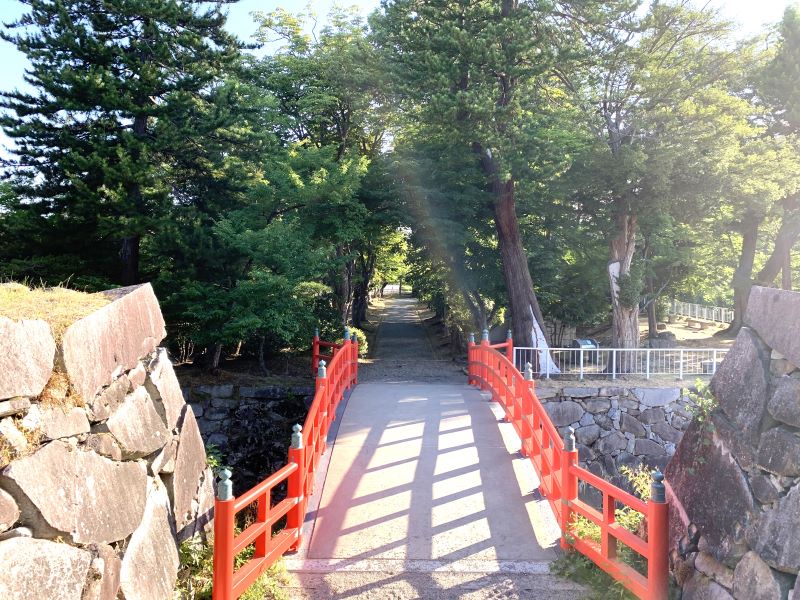
Morioka Castle's layout is what's known as a "multi-walled flatland castle," with the main enclosure located on a small hill, and the second and third enclosures connected vertically below it.
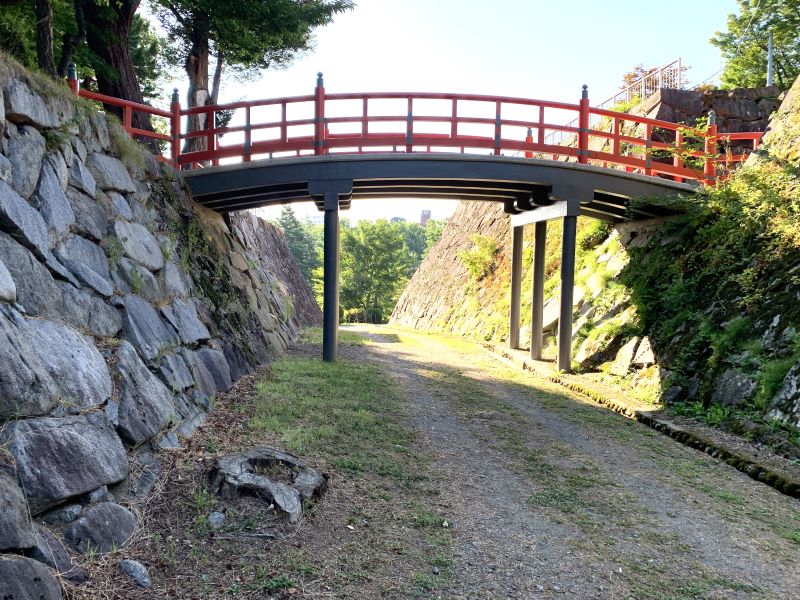
In addition to the Honmaru, Ninomaru, and Sannomaru, Awajimaru, Koshiguruwa, and Sakakiyama Inari Kuruwa were collectively called the inner kuruwa or gojounai (castle interior).

In addition, the hilly area north of the inner bailey (the present-day Uchimaru area) was flattened and surrounded by a moat and earthen ramparts, creating the Shitakuruwa (lower bailey), where the residences of the Nanbu clan and the domain's senior vassals were located.
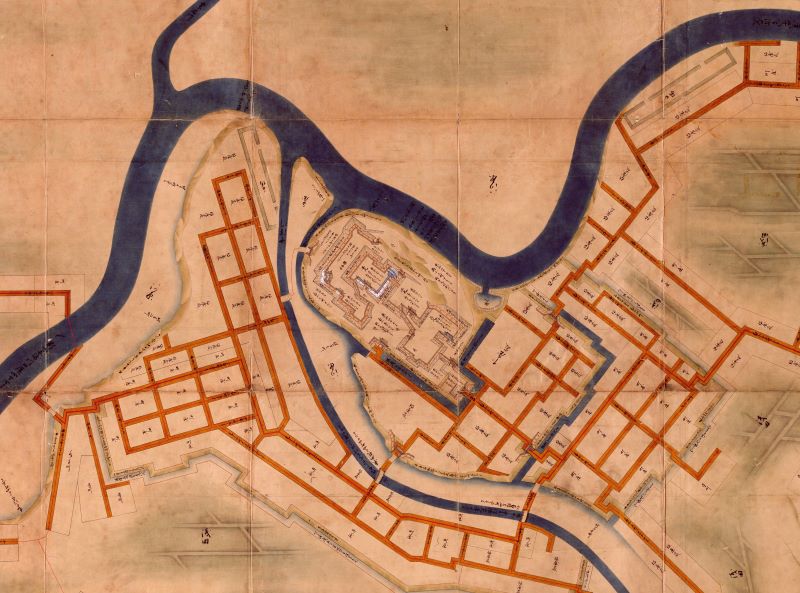
Furthermore, the areas on the opposite bank of the Nakatsugawa River to the north and east of the outer moat were also surrounded by moats and earthen ramparts, forming the outer moat or sogamae, where samurai and townspeople lived.
The east, south, and west sides are surrounded by an outer moat that uses a natural river and high stone walls.

Located in the area where the Kitakami River and Nakatsu River, which flow through Morioka City, meet, the castle has a natural outer moat on the west side of the castle, and the Nakatsu River on the east and south.
The Kitakami River flowed closer to the castle than it does now, and served as an outer moat. It is said that there was also a dock called "Funairi" near the western end of Kamegaike Pond.
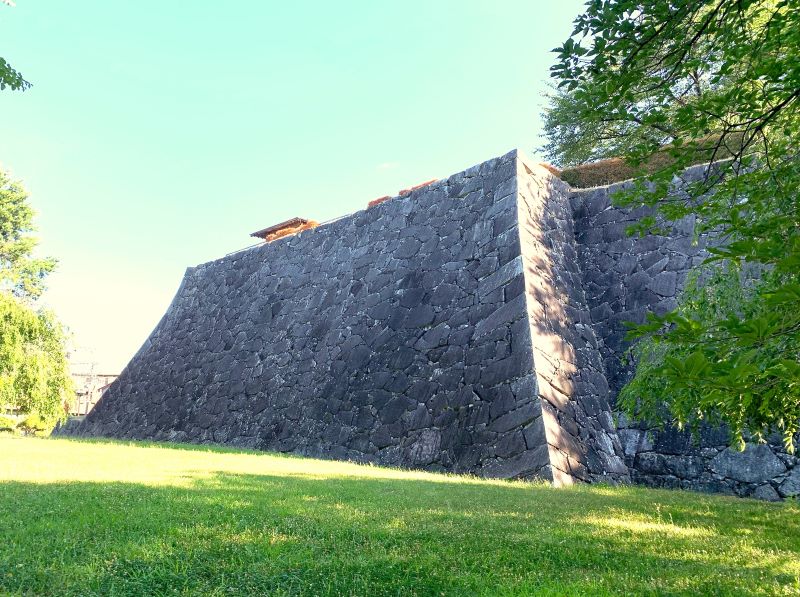
In addition to the Ninomaru, the main castle was surrounded by the Sakakiyama Inari Kuruwa to the west and the Koshi Kuruwa to the south.The eastern side, known as Awajimaru, had the Obi Kuruwa further below it, and inner moats were built between the Nakatsugawa River and the inner kuruwa to the east and south.
The outer and lower baileys, which protect the main enclosure to the north of the castle
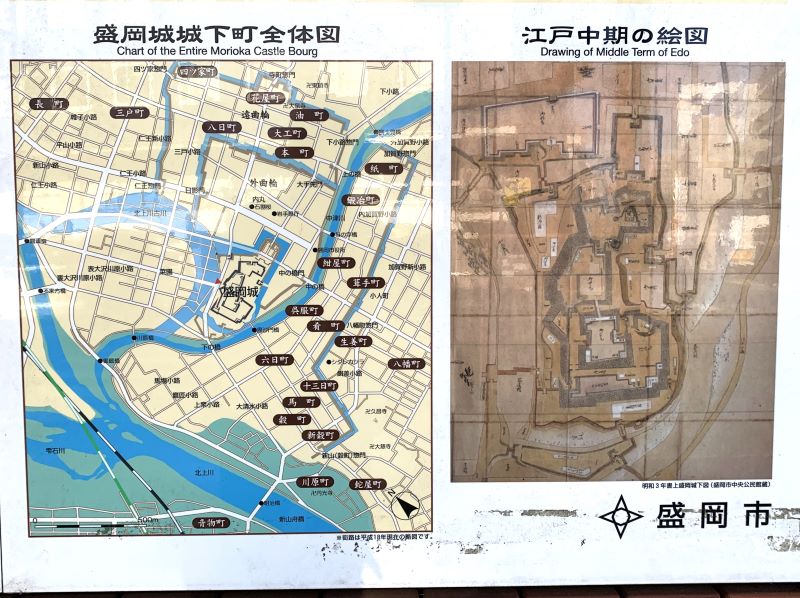
The outer bailey (Soto Kuruwa) has its northern border just south of the current Honmachi Street, and is an area surrounded by the Hikage Gate ruins on Chuo Street to the west and the Nakatsugawa River to the east.It is like an outer bailey that is larger than the main castle, and in order to capture Morioka Castle, it was necessary to take control of this outer bailey.

Furthermore, even if this outer moat were taken, beyond it lay the inner moat called Tsurugaike and Kamegaike, as well as the lower moat, which is also similar to the outer moat, and from there a large force would be required to attack from the main force, which would then have to capture the Sannomaru and Ninomaru.
Who is the owner of the bronze statue pedestal left in the main castle?
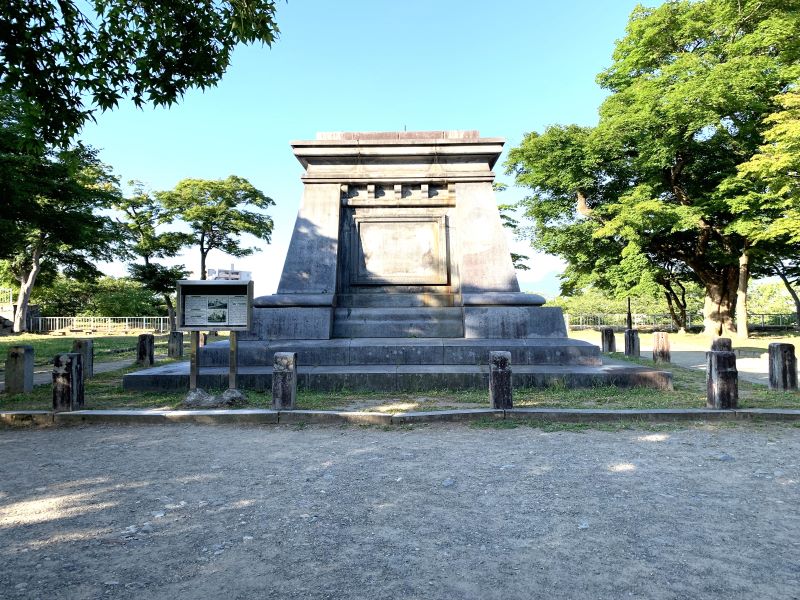
There is a magnificent pedestal at the site of Morioka Castle's main keep, but there is no bronze statue on top of it.
On this pedestal stood a bronze statue of Nanbu Toshinaga, the 42nd head of the Nanbu clan, who died in battle at the age of 23 during the Russo-Japanese War.
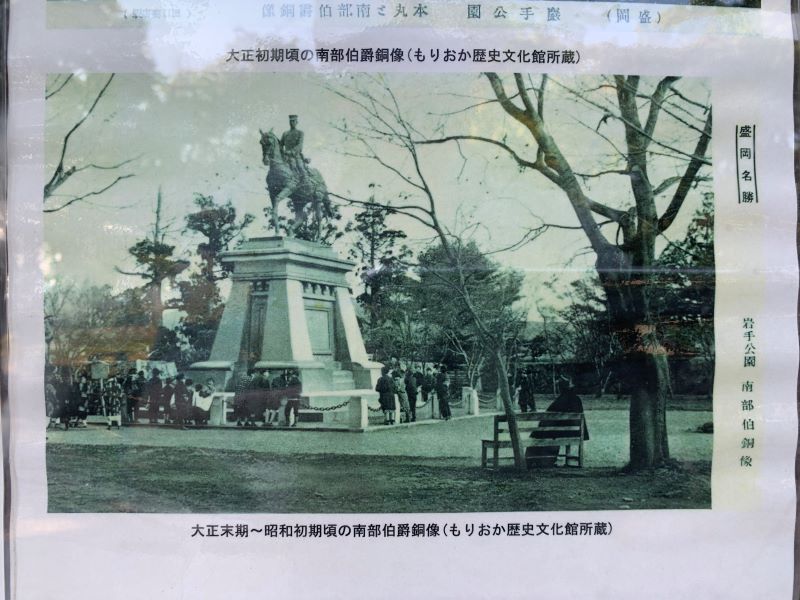
The bronze statue, which was erected in 1908 (Meiji 41), was donated in 1944 (Showa 19) due to the metal collection order issued during the Pacific War, and only the pedestal remained.
Morioka Castle Ruins Park <Information>
- Facility name: Morioka Castle Ruins Park (Iwate Park)
- Address: 1-37 Morioka City Maru, Iwate Prefecture
- Phone number: 019-681-0722
- Opening hours: The park is open 24 hours
- Opening hours: Morioka History and Culture Museum: April to October 9:00-19:00 (reception until 18:30), November to March 9:00-18:00 (reception until 17:30)
- Closed: Third Tuesday of every month (or the following day if it is a public holiday), New Year's holidays (December 31st to January 1st)
- URL: Morioka Castle Ruins Park official website
- URL: Morioka City Hall Official Website (Board of Education, History and Culture Division)
- URL: Morioka History and Culture Museum Official Website
Google Map
summary
Morioka Castle has the most magnificent stone walls in the Tohoku region, but I often see opinions on blogs and elsewhere that it is a shame that none of the buildings that were built on top of those walls remain.
In recent years, Morioka City has been discussing restoring the castle tower, but no drawings or images remain, and we are currently searching for such materials.
I sincerely hope that some kind of document will be discovered, that the development of Morioka Castle Ruins Park will progress, and that we will be able to see the castle tower and turrets standing atop the stone walls of Morioka Castle ruins.



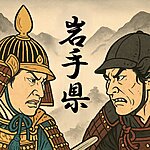


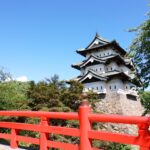




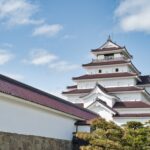
![[JR East Pass Trip: First Day 1] On the first day, we went to the samurai residences in Kakunodate in the morning! Kakunodate samurai residence](https://jp.neft.asia/wp-content/uploads/2022/11/IMG_3751-1200x675-1-150x150.jpg)

![[Morioka City, Iwate Prefecture] “Morioka’s talisman rock” Eboshi Rock is one of the best power spots in Iwate 22069204_m](https://jp.neft.asia/wp-content/uploads/2022/07/22069204_m-150x150.jpg)
!["Rock" and a demon's "hand" shape? Mitsuishi Shrine, filled with Iwate's roots [Iwate Prefecture] Mitsuishi Shrine](https://jp.neft.asia/wp-content/uploads/2024/03/27694019_m-150x150.jpg)
![[Morioka City, Iwate Prefecture] Morioka Fireworks Festival 2017 is the biggest summer event in the Morioka area! Delivering overview and hidden gem information bbff950c647492150ec211d842ca1a16_m](https://jp.neft.asia/wp-content/uploads/2017/07/bbff950c647492150ec211d842ca1a16_m-150x150.png)

![The pride of the castles in the six Tohoku prefectures: "The largest in Michinoku"! Yamagata Castle, a tribute to the glory of the Mogami clan [Yamagata City, Yamagata Prefecture] Yamagata Castle Catch](https://jp.neft.asia/wp-content/uploads/2025/07/0da2b7be5bcd3042f684d56ea93fda8b-150x150.jpg)

